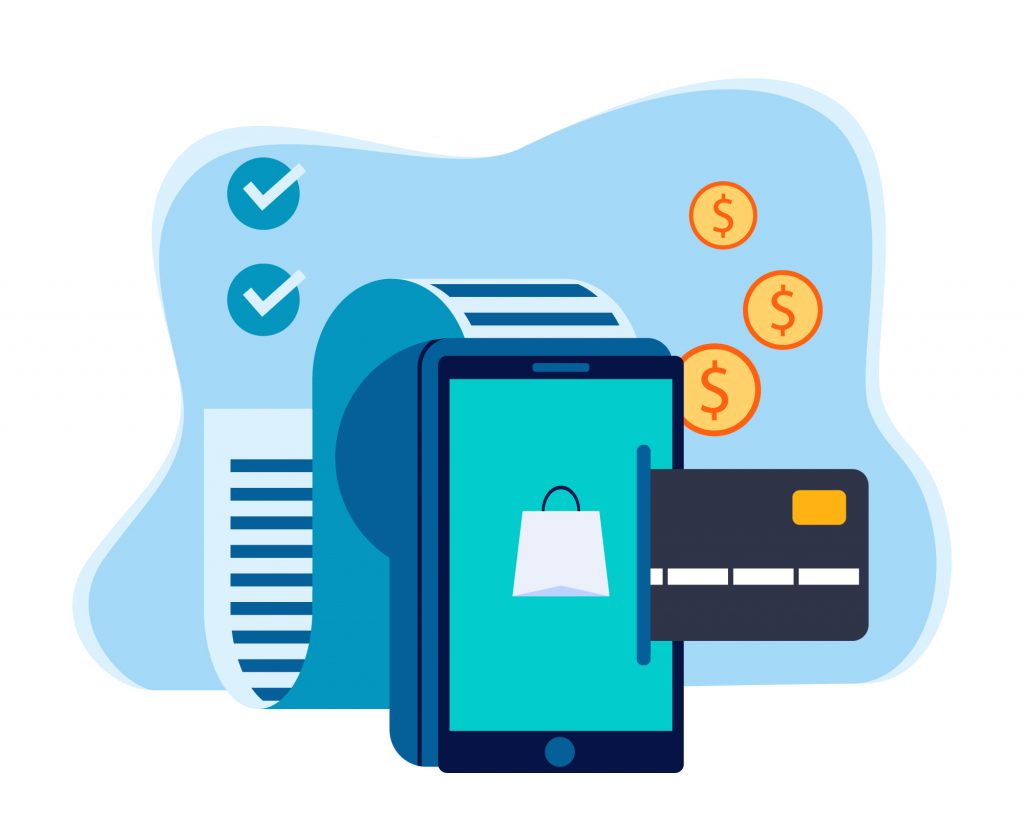3-D Secure 2.0 – Making transactions Simpler and Safer

Preventing fraud plays a significant role in the digital payments space. We must have encountered many frauds, both online and offline, during our lifetime. Unfortunately, the search for effective methods to eradicate fraud never ends. Fraudsters will always find new methods to commit crimes. There are many tools available to end the same, the […]
Everything You Need to Know About Your Card and Its Processing

It isn’t necessary to have intimate knowledge of the backend working of the back card system in order to find the best card processing system. But it’s a good idea to have a general understanding of how card processing works and the types of fees charged at various stages of the system. This blog is […]



